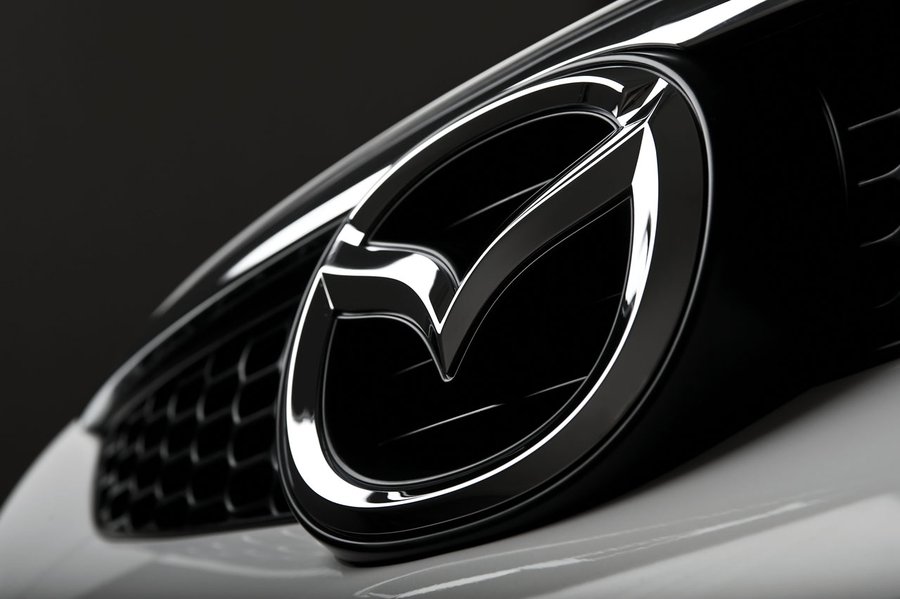Mazda's game plan: Compression ignition, superchargers, EVs — and still fun to drive

The most notable part of this announcement is Mazda's new Skyactiv-X engines and the addition of EVs and electrified powertrains starting in 2019. As we reported back in January, this new supercharged Skyactiv-X engine family will be the first to use high-compression ignition, or HCCI, rather than traditional spark plugs.
Each year, fuel economy and CO2 emissions standards grow ever tighter. Each and every automaker around is looking for ways to improve both factors. Initially, most have chosen to downsize engines and add turbochargers. That's why Mazda's new Skyactiv-X engines are going to be so special. They essentially work like a diesel engine, using extremely high compression to ignite the fuel rather than the flame from a spark plug. Adding a supercharger rather than a turbo retains a smooth and immediate engine response. Look for a 10 to 30 percent increase in torque and a sizable boost in fuel economy.
Mazda's engine already have some of the highest compression ratios around, but these new engines will push well into diesel territory. The biggest issue so far with gasoline compression ignition is controlling when the gasoline ignites. Mazda claims to have solved this issue, seamlessly moving from spark to compression ignition.
This new plan comes 10 years after the first Sustainable Zoom-Zoom initiative was announced. With Sustainable Zoom-Zoom 2030, Mazda wants to focus on the Earth, society, and people. Together with the new engines, Mazda hopes to create a sustainable future that still involves engaging and fun-to-drive automobiles.
First, Mazda wants to consider emissions over the entire life of a car. That means reducing emissions generated while building the car or fueling and charging a car in addition to those released while it's on the road. The goal is to reduce emissions to 50 percent of 2010 levels by 2030, and a 90 percent reduction by 2050. New electrified models will debut in 2019 in markets that have a high ratio of clean energy for power generation.
Mazda's focus on society aims to improve safety with the Mazda Proactive Safety philosophy. Like with Skyactiv, this ethos goes far beyond simply improving an engine or adding new active safety technology. Mazda believes a better driving position with a standard steering wheel and pedal placement will improve safety. Mazda will start testing autonomous technology, looking for a full rollout sometime in 2025.
Finally, Mazda's focus on people is intended to improve driver engagement and pleasure. That includes the satisfaction of driving a green vehicle in addition to one that's fun to toss into a corner. Expanding and updating the current Mazda design language is also part of the focus on people.
All of this is a huge win for Mazda. This is an independent company with limited resources that managed figure out how to make HCCI before everyone else. The improvements to both performance and fuel economy will be immediately noticeable. Bringing EVs and electrified vehicles to the market by 2019 is another huge achievement. This is a huge win for Mazda and proof that the internal combustion engine is far from dead.
